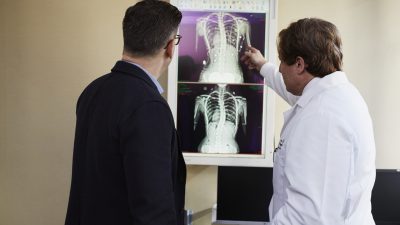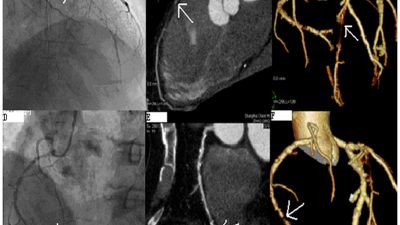An article from November in Modern Healthcare organizes our thoughts this week, as it becomes harder to achieve recognition as a top cardiovascular hospital. We explore how to excel in cardiovascular—like constantly improving (note: ACE quality review and accreditation can help)—and some other news which might help focus quality improvement efforts for peripheral vascular intervention and the TEE examination.
Raising the Stakes: It’s Getting Harder to be a Top-tier Heart Hospital – Modern Healthcare
Modern Healthcare’s Maria Castellucci takes a look at the latest IBM Watson Health’s 50 Top Cardiovascular Hospitals study and notes that the majority of hospitals (27/50) that made the list did not make it last year. Plus, on some metrics, like 30-day readmission rate for heart attack patients, the top hospitals were only marginally more successful than the rest of the peer group. On one level, it shows that hospitals, generally, have improved, making it more difficult to achieve top-tier recognition. However, it also offers valuable insight from the elite hospitals which have managed to maintain top-tier recognition over the years. “The way to get better now is to be students of variation and to study any variation that exists,” said Andrea Werner of Bellin Health. Building and sustaining a culture of continuous quality improvement is crucial. Read more »
At Accreditation for Cardiovascular Excellence, we’ve proven that we can help organizations build and sustain a culture of continuous quality improvement through our quality-focused accreditation processes. Learn more about how ACE accreditation can help your organization reduce variation and continue to improve.
Appropriate Use Criteria for Peripheral Vascular Intervention – ACC Expert Analysis
Speaking of reducing variation, the first ever AUC for management of patients with peripheral artery disease was released in December in the Journal of the American College of Cardiology, but we’ve continued to hear more from the ACC about these groundbreaking criteria through January. “Ideally, this document will serve as an educational and quality improvement tool for addressing Rarely Appropriate revascularizations either performed or referred by individual clinicians,” wrote the authors of the AUC. “Another valuable contribution of the AUC is to reduce variation by balancing over-use and under-use of diagnostic and therapeutic procedures,” adds Christopher J. White, MD, FACC, in his expert analysis. Read more »
ASE Releases New Guide to Performing the Comprehensive Transthoracic Echocardiographic Examination – ASE Press Release
The American Society of Echocardiography released updated guidelines for performing a comprehensive TEE, complete with over 100 videos to demonstrate various techniques. The guidelines, published in the January issue of the Journal of the American Society of Echocardiography, are an extremely comprehensive resource for sonographers and students around the world. “The past decade has seen [TTE] use expand into many new clinical areas,” said Peter Rahko, MD of the University of Winsconsin Hospital. “To ensure that patients continue to receive the best care, we felt it was essential to rexamine what constitutes a contemporary comprehensive TTE.” Carol Mitchell, PhD of the Wisconsin School of Medicine and Public Health added, “Our hope is that… echo labs will use these new recommendations as a starting point to design comprehensive protocols that best fit the patient populations they serve.” Read more »
Transfemoral TAVI With Balloon-Expandable Valves Leads to Fewer Strokes – Cardiology Advisor
A study published in December in the European Heart Journal pooled and analyzed data from 10 registries or clinical trials and examined outcomes from transcatheter aortic valve implantation (TAVI) in patients treated with balloon-expandable (BE) valves versus patients with self-expandable (SE) valves. “Even though BE-valves and SE-valves are both commonly used on a large scale, adequately sized trials comparing clinical outcomes in patients with severe aortic valve stenosis treated with BE-valves compared with SE-valves are lacking,” wrote the authors. Indeed, their large sample of 12,381 was rather evenly split between BE valves (n=6239) and SE valves (n=6142). Outcomes suggest the incidence for stroke was lower in patients who underwent TAVI with BE valves, and patients who received BE valves had a “significantly lower chance for undergoing pacemaker implantation,” summarizes Cardiology Advisor. However, researchers found new-generation BE valves were associated with greater major and life-threatening bleedings versus new-gen SE valves, and differences in the 30-day mortality rate between the valve types were not statistically significant. Read more »












